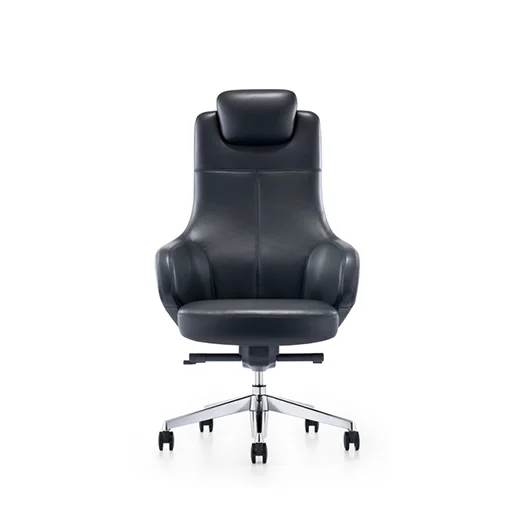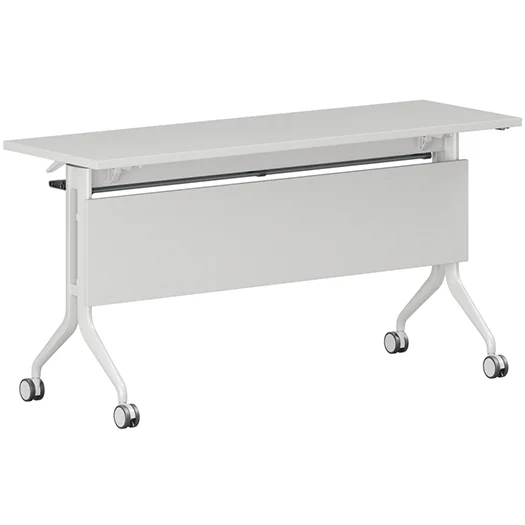How Can Ergonomic Office Furniture Solve Common Workplace Discomforts?
Introduction to Workplace Discomforts
You sit at your desk for many hours each day, facing troubles that mess up your focus and health. Common problems include back pain from bad posture, neck tightness from a wrong screen height, wrist ache from constant typing, and tiredness from staying still too long. These issues pop up in many offices, cutting down your work speed and causing more sick days. Sitting for hours without good support presses on your spine, while odd arm angles strain your joints. Eye tiredness comes from bright screens, and stiff joints grow from little movement. Such discomforts hurt your daily tasks and long-term wellness.

As someone who knows a lot about making work spaces better, I see how the right furniture changes these issues. Picture a partner that builds top-notch items with care, starting their journey back in 2016. They focus on modern styles that mix beauty with usefulness, offering looks like classic, light luxury, simple, and trendy. They care about eco-friendly materials, smart layouts, and options you can adjust for different areas, from boss offices to team rooms. With a goal to lead worldwide, they bring solutions that boost comfort and work flow. Check out GOJO – it’s like having a trusty guide who makes sure your work spot helps you succeed, making each day more productive and fun. Their method comes from deep research, awards, and strict standards, ensuring every piece meets high marks.
This start sets up a look at ergonomic fixes. By tackling these discomforts directly, you can build a healthier routine.
Role of Ergonomic Design in Addressing Discomforts
Ergonomic design shapes furniture to fit your body’s natural moves, cutting down strain and lifting efficiency. Key ideas include tweakable parts, support for spots like your back and wrists, and encouraging different postures. Good ergonomics lines up your spine, keeps joints steady, and lessens repeated stress. For example, adjustable heights stop you from hunching, while soft supports spread weight evenly.
You gain when furniture uses these elements, as they fight daily risks. Bad setups lead to muscle problems, but ergonomic pieces build better habits. Think how a well-made chair holds your lower back curve, or a desk lets you stand to improve blood flow. These features come from people-focused innovation, making sure tools match you instead of forcing changes.
Moving to specific fixes, ergonomic furniture directly handles common pains with aimed features. The next parts show how certain items solve issues like back ache and tiredness, using real examples.
Specific Solutions Provided by Ergonomic Furniture
Ergonomic furniture offers pointed relief for your daily aches. It mixes adjustability and support to match your needs, turning possible troubles into chances for ease.
Executive Office Chair
You might feel back pain after sitting for hours, often from weak lower back support. An executive office chair fixes this with a tall back and built-in headrest, helping your spine stay straight. The cushioned armrests ease shoulder tension, while the swivel base lets you move without twisting your body. Made from tough leather, it holds up to daily use and adjusts to your height, lightening pressure on your lower back.
Neck tightness often comes from leaning toward screens. This chair’s adjustable headrest sets support at the right spot, letting you keep a relaxed gaze. By easing these areas, you feel less worn out and stay more focused. Its five-star base with wheels allows smooth shifts, encouraging small moves that stop stiffness.
Foldable Training Table (TDA Series)

Tiredness builds during long meetings or training, especially in stiff setups. A foldable training table counters this with legs you can adjust for your height, letting you switch between sitting and standing. The wide laminate top gives plenty of room, while the foldable apron lets you store it fast, freeing space for active tasks.
Team work sometimes leads to crowding and odd postures. This table’s wheels let you rearrange it easily, creating flexible layouts that cut physical strain. Its strong metal frame keeps it steady, supporting group work without wobbling. You benefit from this adaptability, as it fits various situations, reducing discomfort from fixed spots.
Building on these examples, ergonomic furniture spreads benefits beyond single items. It shapes whole environments that lift your overall feel.
Broader Benefits of Ergonomic Furniture
Ergonomic furniture raises your work area by adding modular designs that fit different needs. For instance, executive desks with liftable parts let you change postures, easing long-term tiredness. These pieces often have neat storage, like drawers and cabinets, keeping your space tidy and cutting mental mess.
You also see work flow improvements with smart additions, such as power boxes that hide cables, keeping your desk clear. File cabinets with stacked modules offer flexible organization, adapting to your tasks and avoiding clutter. Conference tables with sharp cuts bring visual appeal and useful zones, boosting productive talks without strain.
In break areas, tea tables with crossed storage increase space use, adding calm to rest times. Open desks with screens balance teamwork and quiet, supporting group vibes while guarding focus. These parts match goals of green living and tech, ensuring lasting, clever solutions.
Modular setups let you customize for small, medium, or big offices. In 300-square-meter spots, multipurpose layouts make the most of room. Larger 1000-square-meter areas add show-off and rest zones, lifting company image and staff care. Such plans prevent hurts like tendon issues or eye tiredness by encouraging movement and proper light.
Overall, these gains lead to happier work and better results. You feel stronger in a place that puts health first, with features like locked drawers for safety and turning sockets for ease.
As you think about these perks, consider how they blend into your day for lasting comfort.
Conclusion and Support
Ergonomic furniture fixes common discomforts with careful design and flexibility. From easing back pain with supportive chairs to cutting tiredness with adjustable tables, these solutions improve your daily life. They stop issues like joint stiffness and wrist ache, creating a productive space.
To use these ideas, look at options that suit your area. For personal advice, reach out through official channels listed earlier. Expert teams give quick replies, ensuring your setup fits your needs. Start with these upgrades today for a healthier future.
FAQ
Q: What common workplace discomforts does ergonomic furniture address?
A: Ergonomic furniture tackles problems such as back pain, neck tightness, wrist ache, eye tiredness, and overall weariness by providing adjustable support and promoting natural postures.
Q: How does an adjustable chair improve your posture?
A: An adjustable chair supports your lower back, aligns your spine, and lets you set the height, which reduces slouching and eases pressure on your neck and shoulders.
Q: Why choose foldable tables for collaborative spaces?
A: Foldable tables offer easy rearrangement, save space when stored, and adjust to different heights, minimizing strain during group work.






